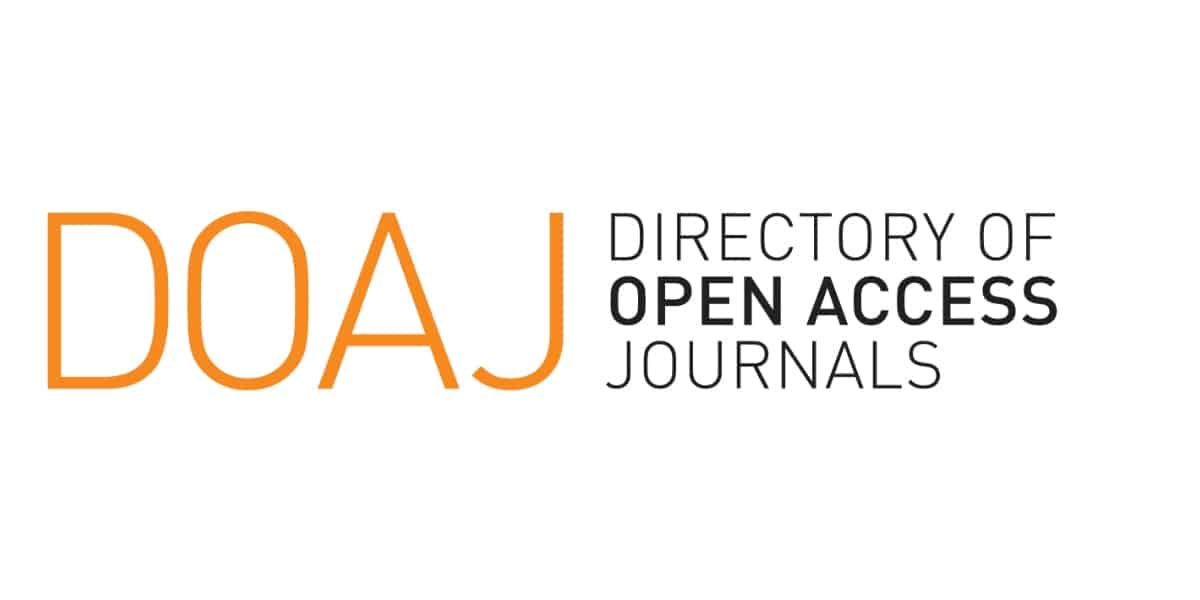Modeling Air Pollutant Dispersion in Urban Areas: A HYSPLIT-Based Analysis of PM 2.5 Dynamics in Medan, Indonesia
Keywords:
Medan, wind, Pm2.5, hysplitAbstract
Air pollution is a critical environmental challenge in urban areas, particularly developing regions like Medan, Indonesia. This study aims to analyze the dynamics of PM 2.5 dispersion, identify pollution sources, and assess the role of meteorological factors in influencing air quality. Using the HYSPLIT model, the research examines pollutant transport and dispersion over ten months, specifically focusing on a high-pollution episode in May 2024. The study integrates meteorological data and local air quality measurements to simulate forward and backward trajectories at multiple altitudes. The results reveal that PM 2.5 concentrations in Medan are driven by local emissions, such as transportation and industrial activities, and transboundary pollution from biomass burning in neighboring provinces. Higher altitudes capture the influence of regional winds, while localized sources and atmospheric turbulence dominate near-surface levels. Meteorological conditions, including wind patterns, temperature stability, and rainfall, significantly affect pollutant dispersion and accumulation. By leveraging advanced modeling tools and meteorological data, the study provides a robust framework for air quality management in urban environments. These insights contribute to the broader understanding of pollution dynamics and support evidence-based strategies to protect public health and the environment.
References
Callén, M. S., López, J. M., & Mastral, A. M. (2011). Characterization of PM10-bound polycyclic aromatic hydrocarbons in the ambient air of Spanish urban and rural areas. Journal of Environmental Monitoring, 13(2), 319-327. doi:10.1039/c0em00425a
Chang, L., Jiang, N., Watt, S., Azzi, M., Riley, M., & Barthelemy, X. (2021). The Use Of 'Hysplit In Nsw' In Air Quality Management And Forecasting.
Ellrod, G. (2015). Use of the NOAA ARL HYSPLIT Trajectory Model For the Short Range Prediction of Coastal Stratus and Fog.
Ilyas, R. M., Anggraini, F. J., & Rodhiyah, Z. (2022). Pemodelan Sebaran Polutan PM10 dan PM2,5 Model Hysplit pada Kawasan Gentala Arasy Kota Jambi. Jurnal Engineering, 4(2), 39-54. Retrieved from https://online-journal.unja.ac.id/JurnalEngineering/article/view/20840
Insian, W., Yabueng, N., Wiriya, W., & Chantara, S. (2022). Size-fractionated PM-bound PAHs in urban and rural atmospheres of northern Thailand for respiratory health risk assessment. Environmental Pollution, 293, 118488. doi:https://doi.org/10.1016/j.envpol.2021.118488
Jakovljević, I., Pehnec, G., Vađić, V., Čačković, M., Tomašić, V., & Jelinić, J. D. (2018). Polycyclic aromatic hydrocarbons in PM10, PM2.5 and PM1 particle fractions in an urban area. Air Quality, Atmosphere & Health, 11(7), 843-854. doi:10.1007/s11869-018-0603-3
Jamhari, A. A., Latif, M. T., Wahab, M. I. A., Othman, M., Hamid, H. H. A., Tekasakul, P., . . . Rajab, N. F. (2021). Size-segregated atmospheric polycyclic aromatic hydrocarbons down to PM0.1 in urban tropical environment: Temporal distribution, potential sources and human health risk. Urban Climate, 40, 100996. doi:https://doi.org/10.1016/j.uclim.2021.100996
Marlier, M., Defries, R., Kim, P., Gaveau, D., Koplitz, S., Jacob, D., . . . Myers, S. (2015). Regional air quality impacts of future fire emissions in Sumatra and Kalimantan. Environmental Research Letters, 10. doi:10.1088/1748-9326/10/5/054010
Mohanraj, R., Solaraj, G., & Dhanakumar, S. (2011). PM 2.5 and PAH Concentrations in Urban Atmosphere of Tiruchirappalli, India. Bulletin of Environmental Contamination and Toxicology, 87(3), 330-335. doi:10.1007/s00128-011-0349-1
Nisa'ul Khoir, A., M.Cc, S., Ahmad, M., & Nurhayati, H. (2020). Analysis of PM 10 in urban and rural environment in Sumatra Island over the past half-decade. IOP Conference Series: Earth and Environmental Science, 489, 012001. doi:10.1088/1755-1315/489/1/012001
Nuryanto, N., & Melinda, S. (2023). Identifikasi Sumber Particulate Matter (PM) 2.5 di Sorong Berdasarkan READY Hysplit Backward Trajectory. Buletin GAW Bariri, 4, 11-20. doi:10.31172/bgb.v4i1.80
Siudek, P. (2022). Seasonal distribution of PM2.5-bound polycyclic aromatic hydrocarbons as a critical indicator of air quality and health impact in a coastal-urban region of Poland. Science of The Total Environment, 827, 154375. doi:https://doi.org/10.1016/j.scitotenv.2022.154375
Stein, A., Draxler, R. R., Rolph, G., Stunder, B., Cohen, M., & Ngan, F. (2016). NOAA’s HYSPLIT atmospheric transport and dispersion modeling system. Bulletin of the American Meteorological Society, 96, 150504130527006. doi:10.1175/BAMS-D-14-00110.1
Su, L., Yuan, Z., Fung, J., & Lau, A. (2015). A comparison of HYSPLIT backward trajectories generated from two GDAS datasets. The Science of the total environment, 506-507, 527-537. doi:10.1016/j.scitotenv.2014.11.072
Syafaati, A. D. (2023). Analysis Of Air Quality Pm2.5 Parameter In Sorong City Area Based On ISPU. Megasains, 14(2). doi:https://doi.org/10.46824/megasains.v14i2.131
Yang, S., Kalpakis, K., & Yesha, Y. (2015). Improving HYSPLIT Particle Dispersion Prediction with Data Assimilation.
Zahtamal, Z., Restila, R., Suyanto, S., & Nazriati, E. (2023). Korelasi Sebaran Titik Panas Dengan Kualitas Udara Di Kota Pekanbaru. Prepotif : Jurnal Kesehatan Masyarakat, 7(1), 283 - 291. doi:10.31004/prepotif.v7i1.6888
Downloads
Published
Issue
Section
License
Copyright (c) 2024 Aulia Nur Mustaqiman, Tia Dwi Irawandani, Wisnu Prayogo, Sapta Suhardono (Author)

This work is licensed under a Creative Commons Attribution 4.0 International License.
















